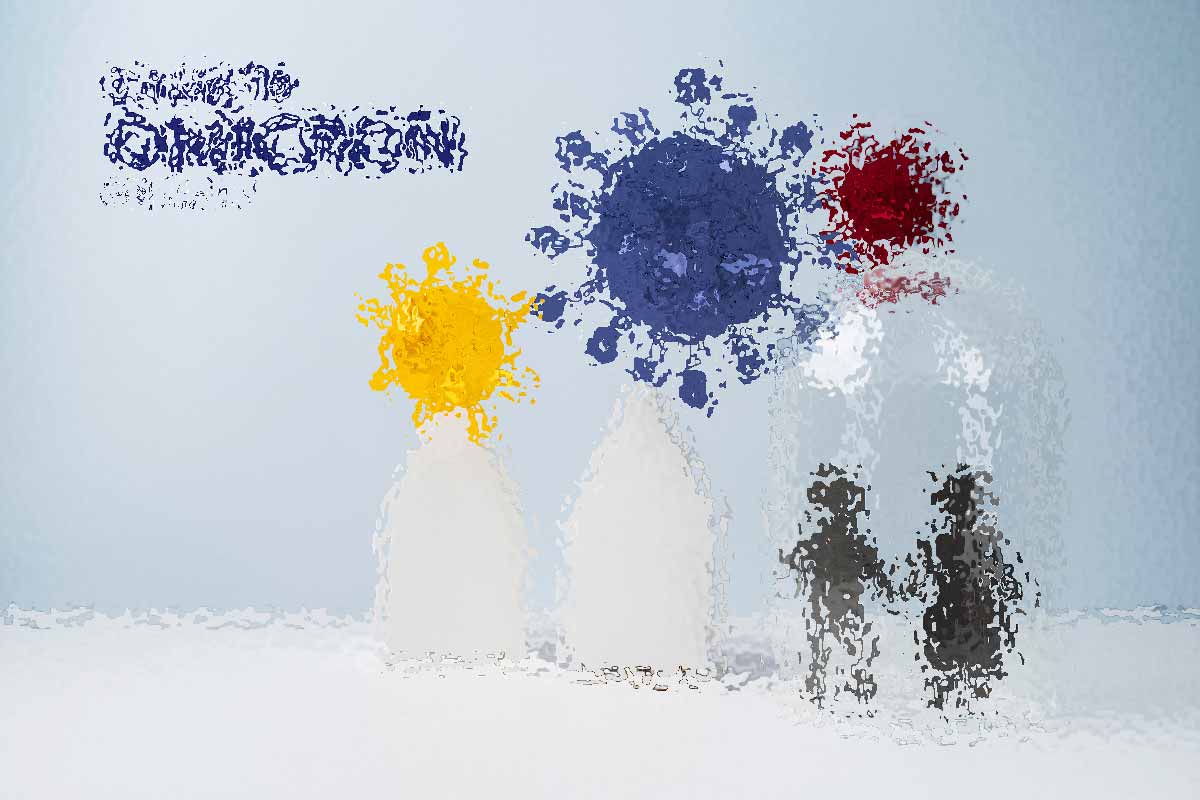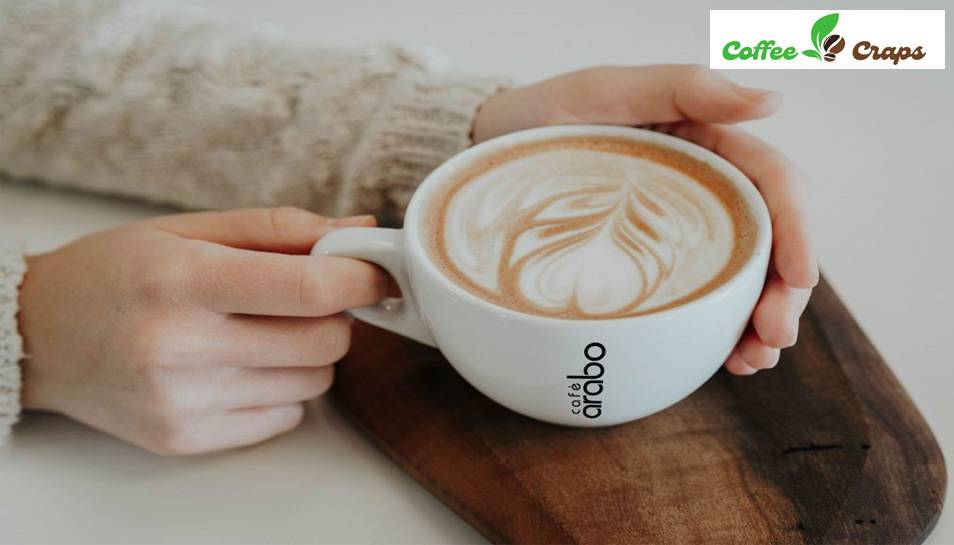Some people drink coffee because they like the way it tastes, but most people do it for the caffeine, which helps them wake up and get going in the morning. Over 95% of people in the United States eat or drink things that contain caffeine, according to the Dietary Guidelines for Americans 2015–2020 information. But you might be curious about how much caffeine is in the coffee you drink every day.
About 95 mg of caffeine is in a typical cup of coffee, but that’s not the end of the story. There are a lot of different things that affect how much caffeine is in coffee.
This article discusses how much caffeine is in a cup of coffee based on how it’s brewed, roasted, and what kind of coffee it is. It also lists the most famous coffees, their caffeine levels, and the daily amount healthy adults should consume.
What influences the caffeine content?
Caffeine is the drug that people use the most to get high. This chemical is naturally present in coffee and can be found in many foods and drinks. It is quickly broken down and taken into the bloodstream after being eaten. It then stimulates the brain and central nervous system.
Caffeine can be found in chocolate, coffee, black and green tea, soft drinks and sports drinks.
Several things affect how much caffeine is in a cup of coffee. How the coffee is brewed, how much is served, the roast, the grind, and the type of coffee all affect how much caffeine is in a cup.
The preparation method
The amount of time the coffee is in touch with the water changes depending on the brewing method. This means that different amounts of caffeine are extracted into your cup. That is why the caffeine level in a double espresso will be different from the caffeine level in a cup of cold brew or pour-over coffee.
Portion size
People have different ideas about what a “cup of coffee” means. A small 6-ounce drip coffee and an extra-large latte that can hold up to 4 shots of espresso will have different amounts of caffeine.
Toasted
That’s right, the heating process changes both the taste and the amount of caffeine in your coffee. When you roast coffee beans, they lose water and get bigger. If you measure coffee in tablespoons, the longer you roast them, the more caffeine you will lose.
Dark roast coffee beans may taste bitterer, which makes them seem “stronger,” but the opposite is true; they have less caffeine than lighter roasts.
Grind size
In the same way that the way coffee is brewed changes how much caffeine is in it, the grind size changes how much caffeine is taken from the cup. This is the reason why a double espresso, which has finely ground coffee beans and brews in 30 seconds, usually has more caffeine than a French press coffee with roughly ground coffee that brews for 5 minutes.
Type of coffee beans

There are different kinds of coffee plants, and each one has a different amount of caffeine. About twice as much caffeine is found in Robusta beans as in Arabica beans.
70% of the coffee in the world comes from Arabica beans, but Robusta beans may be preferred because they have more energy. Some coffees, like Death Wish or Biohazard, are made with Robusta beans so that they have very high caffeine levels—they say that each cup has over 700 mg of caffeine.
How much caffeine is in a cup of coffee?
Now that we know how different factors influence the amount of caffeine in your cup, let’s look at how many milligrams you can expect from the most popular types of coffee.
filtered coffee
Filtered coffee has between 70 and 140 mg of caffeine per cup, with 96 mg in a standard 8-ounce cup. Some of these numbers are very different from one another, which can be explained by the way you prepare your drink. For each drinking method, the grind and steeping time are different, which affects the amount of caffeine.
How many milligrams of caffeine are in a cup of coffee?
- Electric filter coffee maker: 80 mg on average
- Manual filter coffee maker (including V60, Chemex, Kalita) – 145 mg on average
- French press or plunger – 107 mg on average
- Percolator – 200 mg on average
- Turkish or Greek coffee: 200 mg on average
- AeroPress – 120 mg on average
Espresso coffee
A small amount of hot water is forced through finely ground coffee under high pressure to make espresso. The process of making takes about 30 seconds and makes 30ml of coffee that is very strong. A regular single espresso has 63 mg of caffeine, and a double shot has 120 mg as a rule.
Espresso-based latte
A double espresso and different amounts of hot milk are mixed to make coffees like lattes, cappuccinos, and flat whites.
Even though milk makes the coffee taste smoother and less bitter, it doesn’t change how much caffeine is in the drink. A regular cappuccino might taste stronger than a latte of the same size, but both have about 120 mg of caffeine because they are made with two shots of espresso. This is hard to remember: when you get a large latte at Starbucks, they probably use three or four shots of espresso.
And even though coffee doesn’t taste very strong, it has a lot of caffeine in it, which can add up over the day.
Instant coffee
You can think of instant coffee as made coffee that has been frozen. The taste isn’t as strong, and each cup has about 20 to 90 mg less caffeine than a standard coffee.
Cold brew
Have you ever had a cold coffee and felt like the caffeine hit you tougher than usual?
One cup of cold brew has between 150 and 230 mg of caffeine, which is more than twice as much as a cup of regular coffee. Because of how this coffee is made, it has more energy than most. The coffee needs to be in the cold water for up to 24 hours because hot water is not used.
Is decaffeinated coffee caffeine-free?
Even though decaf is a good choice if you want to cut down on your daily caffeine intake, it is still caffeine-filled.
What kind of caffeine is in a cup of coffee that says “decaffeinated”?
There are usually about 3 mg of caffeine in a cup of decaffeinated coffee, but it can have anywhere from 1 mg to 7 mg. This is not zero, but it is a lot less than a regular cup of coffee.
Read More: How to descale a coffee maker? – The Best methods to clean your coffee maker
How much caffeine is too much?

Caffeine is a stimulant that can help speed up your metabolism, make your brain work better, and make you better at sports.
But if you drink too much caffeine, you might start to feel some of its bad effects, like nervousness, heart palpitations, restlessness, or sleep problems that won’t go away.
How much coffee is too much then?
The Food and Drug Administration (FDA) says that a healthy adult should get 400 mg of caffeine every day. This is about 4 to 5 cups of coffee, based on the type. If you drink more than 400 to 600 mg of caffeine every day, it can have many bad effects.
Different people react differently to caffeine, and it is possible to build up a tolerance to it. This is why some people can drink 4 cups of coffee a day without any problems, while others get jittery after just 2 cups. When keeping track of how much caffeine you drink every day, don’t forget to include coffee as one of the sources you’re eating. Caffeine can be found in a lot of different foods and drinks, like soda, tea, energy drinks, and even chocolate.
Read More: How to clean the coffee maker with vinegar and other natural products
FAQ
1: How much caffeine is in a typical cup of coffee?
The amount of caffeine in a cup of coffee can vary depending on several factors, but an average 8-ounce cup of brewed coffee contains around 95 milligrams (mg) of caffeine.
2: What factors affect the amount of caffeine in coffee?
Bean origin: Robusta beans naturally have more caffeine than Arabica beans.
Roast level: Dark roasts tend to have slightly less caffeine than lighter roasts, although the difference is small because darker roasts lose some overall bean mass during the roasting process.
Brewing method: Brewing methods that use more coffee grounds or longer steeping times will typically result in a more caffeinated cup. For example, a cup of cold brew coffee can contain more caffeine than a cup of drip coffee because the grounds steep for a longer time in cold water.
3: How much caffeine is in espresso and decaf coffee?
A one-ounce shot of espresso typically contains 63 mg of caffeine [1]. While it seems like less than a cup of brewed coffee, espresso is more concentrated and can deliver a stronger caffeine kick.
Decaf coffee goes through a decaffeination process that removes most of the caffeine. However, some decaf coffee can still contain up to 20 milligrams of caffeine per cup.
Final Thought: How much caffeine is in a cup of coffee?
The amount of caffeine in a coffee cup can change based on the type of coffee bean, how it is brewed, and the size of the dose. Most 8-ounce cups of brewed coffee have about 95 milligrams of caffeine, but it can be anywhere from 70 to 140 milligrams. Even more may be in specialty or high-caffeine coffees. It’s best to check the exact brand or type of coffee if you want to know how much caffeine is in it.















Leave a Reply